Hi all,
I have no idea if any of you are interested in this--but I
am, so here it is! This is about the
most recent news I just got regarding Anasazi—now known as Ancestral
Puebloans—“gardening!” We normally refer
to that as Three Sisters Gardens—corn/maize, squash/gourds, and beans, but
maybe there’s a Fourth Sister!
I get the e-newsletters from an archaeological center on the
west side of Cortez, Crow Canyon, and I got the latest one today. Their dig sites, starting in 2011, are on
property immediately west of the center called Indian Camp Ranch, a new
“subdivision” of large lots with known Anasazi surface ruins—no standing walls,
but lots of places where there were above-ground buildings, now waiting to be
excavated and explored! The people who buy
these lots, at least some of them, have agreed to let Crow Canyon excavate the
ruins sites on their land—when I did the Archaeology Day Tour in 2011 we
visited the dig site on one of these properties—with a huge amazing house with
a forever view! That site was called the
Dillard site, named for the landowner.
I’m 100% certain nobody here wants to read this whole thing, but here’s
a picture of “Dillard” and the first few pages describe the “relationship” the
landowners have with the archaeological sites and Crow Canyon.
http://www.crowcanyon.org/ResearchReports/BasketmakerCommunities/interim_reports/2014/text_2014.pdf
The site Crow Canyon archaeologists are working at now is
called the Switchback Site—I have no idea where that name came from! It’s a “Basketmaker III” site which means it
dates to CE (AD) 500-750. And here’s the
GARDENING PART!
“Two Tiny Grains:
Intern Makes Exciting Discovery”
They found two Hordeum pusillum grains! They found BARLEY in the current dig
site! That would seem to make the Three
Sisters Garden a Four Sisters Garden, tho they do say that they’re not sure if
the barley was traded and brought into the area or if it was actually
cultivated there! It was known to have
been cultivated in southern and central Arizona (whatever Arizona was called
back then!!!), but had never before been found this far north, so it was quite
a find!
http://www.crowcanyon.org/e-newsletter/2015/November/2015_November_Barley.html
Add to that the fact that when I was at Pipe Spring National
Monument a couple years back (just south of Kanab, Utah in northern Arizona) I
found them growing amaranth in their Three Sisters Garden, so if we add them
all up, we might just be up to a FIVE Sisters Garden! Amaranth, tho, while it has been historically
cultivated by the Paiute Indians, was more likely gathered in the wild by the
Anasazi than actually cultivated, so I’m not sure where that leaves us in terms
of the number of sisters in the garden!
Here’s a couple pics of the Three/Four Sisters Garden from my visit to
Pipe Spring. Pipe Spring is on Paiute
land, and the garden here is planted, tended, and harvested by the Kaibab Band
of the Southern Paiute Nation.
https://picasaweb.google.com/lh/photo/oKgx9lTuPTdxdmd8UMQGr55h-XJIiF49W2wOUZdk0NQ?feat=directlink
https://picasaweb.google.com/lh/photo/BJ-JLy4DMxXnhFLLs7UWpp5h-XJIiF49W2wOUZdk0NQ?feat=directlink
Now, when you see how tiny the Anasazi corn cobs were in the
pic below, try to imagine how hard it would be to try to feed your family high-desert
farming corn, gourds, beans, and possibly some “small barley,” and, if you
lived far enough south, gathering a little wild amaranth to add to your
diet!
https://picasaweb.google.com/lh/photo/JlMlTJC9v9e6sQvWExm4hcu3xild7CAM5AtpV5WZ988?feat=directlink
When I did the day tour in 2011 I saw the (original) Three
Sisters garden Crow Canyon was TRYING to grow without supplemental
watering! I’m sure glad they were able
to go to the City Market to get their dinner!
Guess I’ll never complain again about not getting “enough” out of my own
garden!
Happy to be gardening in a “city” where I can turn on the
water when I need it…
…and even happier somebody imported tomatoes for us to grow!
Skybird

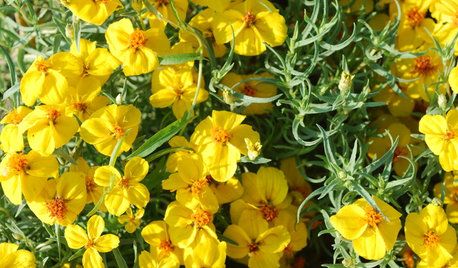
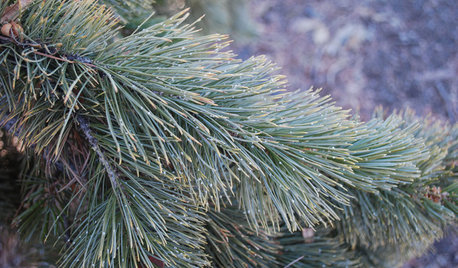
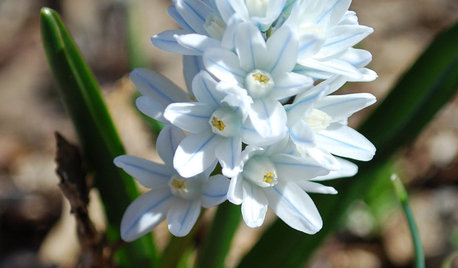
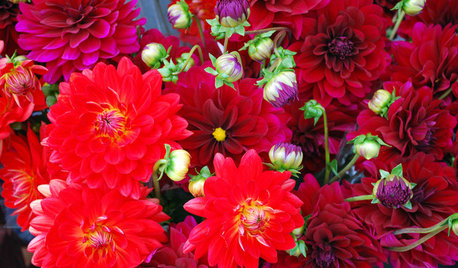
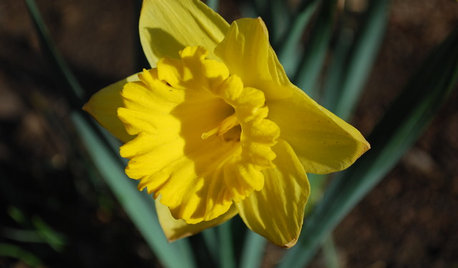
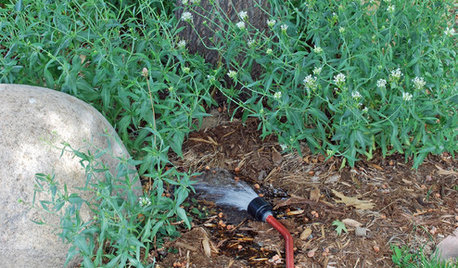
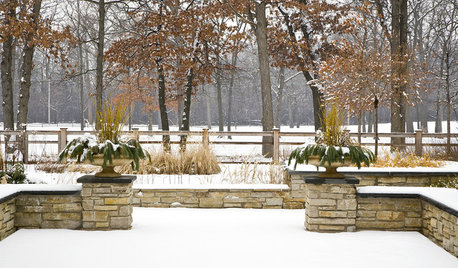
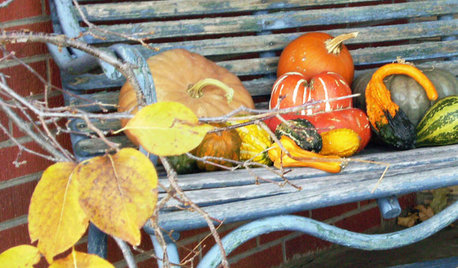
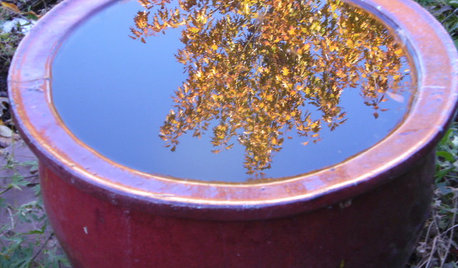





treebarb Z5 Denver
digit (ID/WA, border)
Related Discussions
Rocky Mountain Gardening in Winter!
Q
Rocky Mountain Gardening gallery?
Q
Rocky Mountain Conifer Group Meeting March 5th
Q
Rocky Mountain Conifer Group Meeting March 5th
Q
ZachS. z5 Platteville, Colorado